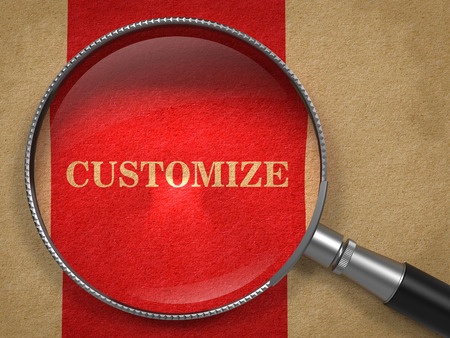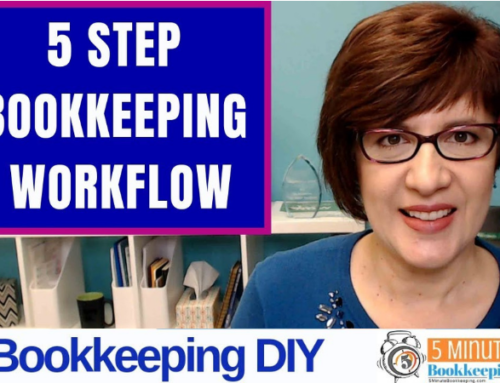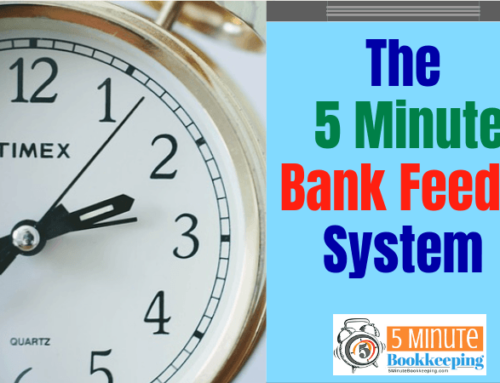It’s that time of year when many small biz owners are trying to decide whether to switch to QuickBooks Online. I know that this can be a big decision – working in the cloud has so many advantages and the prospect of modernizing and streamlining is so appealing. No worries! I’m here to help you make the right decision. I’ll show you how 7 steps to get started with QuickBooks Online faster than an Olympic swimmer.
#1 – Before you buy QuickBooks Online

Try the QuickBooks Online sample company
Try QuickBooks Online before you buy it by accessing the QuickBooks Online Test Drive. It can be accessed through the following link:
https://qbo.intuit.com/redir/testdrive
Here is link to an earlier post with a step-by-step video tutorial for accessing the QuickBooks Online Sample Company.
Check out this blog post to help you decide on which version of QBO is right for your company.
There are 3 different versions of QBO:
- QuickBooks Online Simple Start
- QuickBooks Online Essentials
- QuickBooks Online Plus
To learn more about the different versions of QuickBooks Online, go to this web page http://quickbooks.intuit.com/online/compare
Sign up for QBO
Once you decide on the best version for your business, follow this link to begin the signup process.
STEP #2 – Learn how to get around in QBO

One of the complaints I hear a lot from new QBO users is that they don’t know their way around QBO. I created a short YouTube video with an overview and tour of QuickBooks Online.
It’s easy to navigate QBO – it’s done from only 3 areas –
- The Quick Create Menu (the Plus sign at the top of the screen)
- The Left Navigation Bar (the dark blue section on the left)
- The Gear Icon (at the top right of the screen)
Get to know your QuickBooks by checking out the navigation.
STEP #3 – Set up and customize lists

Here is a checklist of the lists that should be set up or customized in QuickBooks. Don’t worry – you can import many of these lists right into QuickBooks.
- Customize the chart of accounts
- Add business bank and credit card accounts
- Set up the products and services list
- Add or import customers
- Add or import vendors
STEP #4 – Customize company settings

You can customize the look, feel, and inner workings of QuickBooks Online by editing the company Settings, including:
STEP #5 – Set up users

It is important that you set up each user with their own user account so that you can have a proper audit trail of who did what in QBO and also control what users can and can’t do in QBO.
You can also invite up to 2 accountants/bookkeepers with Administrative rights to your Company data.
STEP #6 – Connect bank and credit card accounts

By connecting business bank and credit card accounts to QBO you’ll be able to save lots of data entry time. Beware, though, this step doesn’t replace or fully automate your bookkeeping. But, you will be able to do 5 Minute Bookkeeping™ by working on your banking transactions in under 5 minutes a day!
Most new users jump right into downloading banking and credit card transactions and end up making a big mess because they don’t know what to do. Downloading transactions is easy but you need to know a few key things before getting started. Check out my most popular blog post on how to work with banking transactions.
STEP #7 – Get training
Congratulations! You have set up QBO. Now what? Before you jump in and try to work with transactions, I highly encourage you to get familiar with QBO. It’s like this – QBO is like a race car. You may know how to drive a car but you don’t know how to drive a race car. You need to get familiar with it first.
Here are some training resources for you:
- Visit our 5MinuteBookkeeping Blog for free QBO tutorials and videos
- Visit our YouTube Channel for free QBO Training videos
- Check out our online courses, including:

















